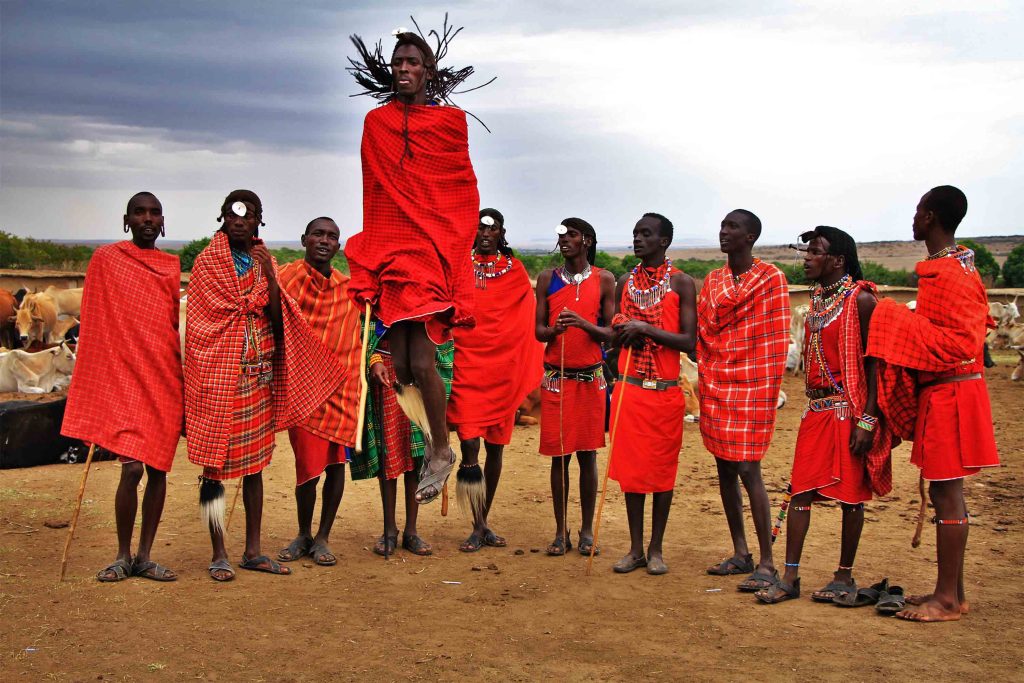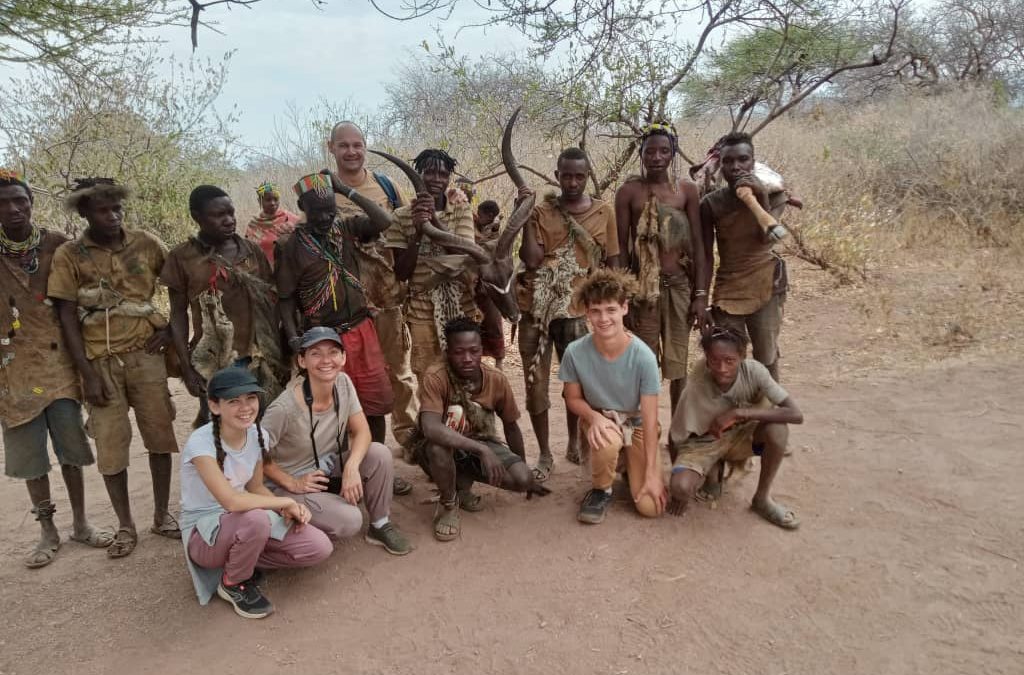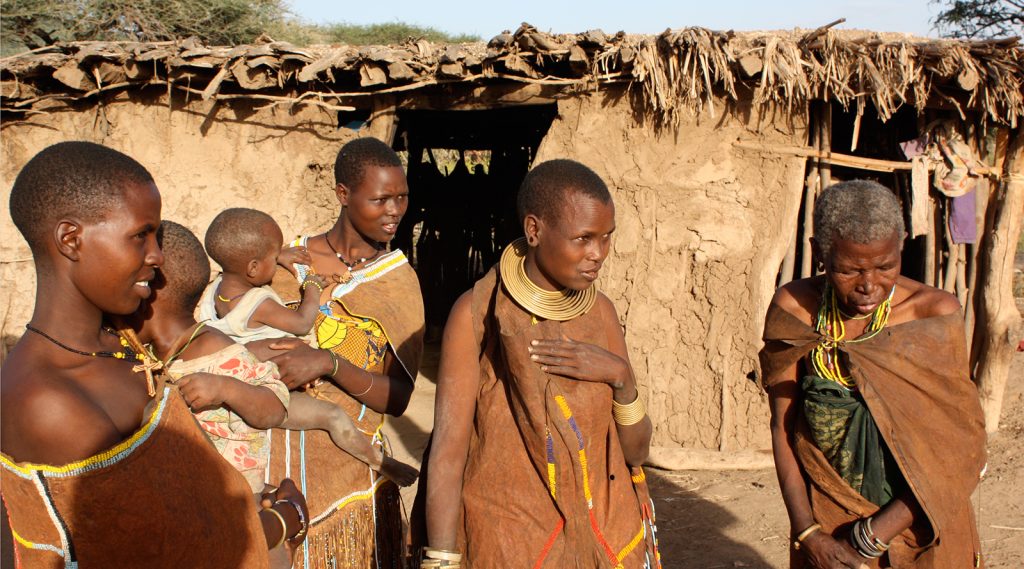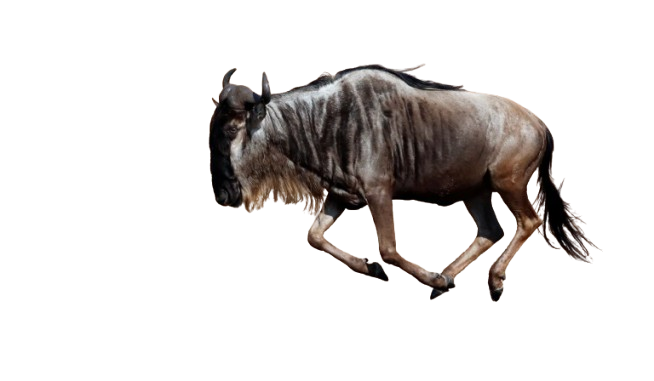4 Must-Visit Tribes in Tanzania
4 Must-Visit Tribes in Tanzania, Tanzania is renowned for its world-famous destinations, including Serengeti National Park, Mount Kilimanjaro, and Ngorongoro Crater. While wildlife, towering mountains, and exquisite beaches are the major drawcards, culture is never overlooked. This East African country is a melting pot with over 120 ethnic groups. For this, we always advise our clients to take a trip to some of the country’s fascinating tribes. In this article, we’ll explore 4 tribes you should visit on your Tanzania safari adventure.
1. The Maasai
Confident and conservationists as they are, the Maasai have coexisted with lions and other animals for many centuries. They originate from the Nile Valley, located in modern-day Sudan. You can tell this from their similarity in language with the Latuko language spoken in South Sudan.
The Maasai live in the Arusha and Manyara regions. You can find them in the wilderness grazing their livestock alongside elephants, lions, and wildebeests in the Ngorongoro Conservation Area or the Loliondo Game Controlled Area.

Guests can learn many things from the Maasai, including their dances, attire, and more. When dancing in their signature dance, Adumu, men who jump higher are considered stronger. The dance goes with beautiful songs from women flavored by the jiggling sounds of the beads.
The Maasai’s unique attire is something you should try. It’s simple: a Maasai shuka (also rubega), a bedsheet-like cloth, usually in red, blue, or black. Women usually add eye-catching ornaments like beads, bracelets, bangles, and more. The next time you visit Tanzania, make sure you try this unique dressing style.
There’s much to do with these local communities. You can herd cattle with them in the bush or challenge them in their spear-throwing competition, or buy their beautiful handmade arts and crafts.
2. The Hadzabe
Civilization has led many African tribes to practice agriculture and animal husbandry. But the Hadzabe are still living their lives the old way – they neither grow crops nor keep livestock. These unique hunter-gatherer societies inhabit the shores of Lake Eyasi.
Despite living in the wild, Hadzabe are humble to humankind. Men usually teach guests how to hunt or gather roots and fruits. In addition to that, they live in traditional huts, with the architecture reflecting their nomadism.
The Hadzabe never use official medics to cure diseases and wounds. They have learnt almost the use of every medicinal plant and the disease it specifically cures. A walk with them on the forested shores will make you discover many of these herbs.

The Hadza also wear simple clothes, often leaving a large part of the body open. Before formal clothes arrived in their territory, Hadzabe simply hammered skin into protective clothing. They’re also skillful hunter, making use of their traditionally made bows, arrows, and spears.
3. The Datoga
Famously known as the blacksmiths, Datoga (also Mang’ati) live alongside the Hadzabe on the shores of Lake Eyasi. Unlike the Hadzabe, the Datoga grow crops and keep large herds of cattle. They also live in the Singida region. They have a common origin with the Maasai, but their rivalry tells you another story. Here’s it:
The Maasai and Datoga fought countless wars over cattle. The Maasai had a belief that God created cattle exclusively for them. So, seeing Datoga with large herds made them raid villages to get cattle. It wasn’t easy because the Datoga, with their excellent metalworking skill, had weapons to fight back. The good news is that these Nilotic tribes don’t fight anymore.
Visitors can watch these societies make tools like arrows, bows, and other metal tools. They also make bracelets, beads, and other ornaments for decorating their attire or selling to visitors. They also have beliefs and traditional rituals worth knowing.

4. The Chaga
The Chaga reside in the foothills of Mount Kilimanjaro. Many of them have adopted Western life, but there are still authentic villages where you can explore the culture. They aren’t native to Tanzania: they migrated to the slopes of Kilimanjaro many years ago.
The Chaga grows coffee, banana, beans, and maize in the rainforest zone of Africa’s highest mountain. A coffee tour in the town of Moshi is an introduction to this unique tribe. This tour will show you how the Chagga farmers grow, cultivate, harvest, and process coffee. The tour is usually finalized by a delicious Chaga lunch.

Visitors can also listen to legends and myths from the Chaga elders. The most fascinating story narrates how the Chaga clans under the leadership of “Mangi” were enemies. Like other tribes, the Chaga also have their unique dance featuring drums, flutes, and bells. Dancers tie their waists with banana fibers before entering the cycle.
The bottom line.
With over 120 options of tribes to visit in Tanzania, the sky is your only limit. We’ve featured these four tribes because they are very close to major destinations, but you can choose to visit of the 120 tribes. And we will be happy to help you meet these welcoming people. Are you ready for the adventure? Let our safari planners start planning your dream itinerary.
